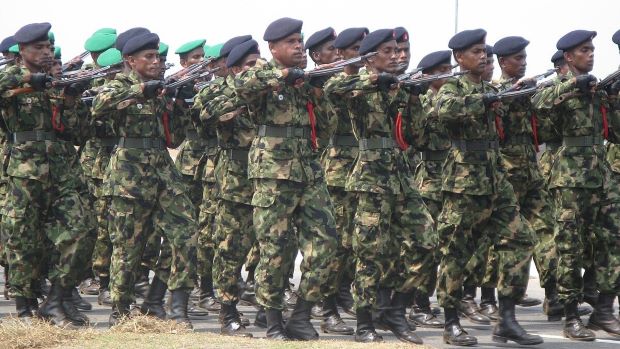COLOMBO – Sri Lanka will see a more than 50% reduction in army cadres by 2030, but naval cadres will be strengthened to safeguard the country’s Exclusive Economic Zone (EEZ) in the Indian Ocean, State Defence Minister Pramitha Bandara Tennakoon said.
Sri Lanka has a bloated state sector estimated at around 1.5 million in a country with 22 million population, with the tri forces (army, navy, air force) and police accounting for nearly 30% of the total state sector employees.
Tennakoon said an expert panel has been appointed to look into the cadres and strength of the tri forces under a strategic plan titled ‘Defence Review 2030’.
“There is an approved cadre of 208,000 in the army (as of now). We expect to bring it down to 100,000,” Tennakoon said but clarified that there would be no redundancies. Instead, he said, a natural depreciation plan has been compiled factoring in retirements as a reduction process.
The aim he said was to maintain a 100,000-cardre army in 2030.
Sri Lanka had a large number of military personnel when it ended a 26-year war in 2009. Although there was a voluntary retirement scheme (VRS), encouraging the carders to retire earlier than the retirement age, the government has been reluctant to reduce the military numbers due to fears of political repercussions.
Tennakoon emphasizing the need to improve the capability of the navy and the air force, said Sri Lanka is in a strategic position globally and as the EEZ is eight times larger than the country, improving the strength of the navy is also the objective.
“When we say improving the strength, it does not necessarily mean to increase the number of sailors,” he said noting that although Australia is a large island, the total number of people in its navy is between 12,000 and 17,000.
He said what was needed for Sri Lanka was to improve and modernize the technology used by the naval force, not increase the cadre.
-economynext.com



Comments are closed, but trackbacks and pingbacks are open.